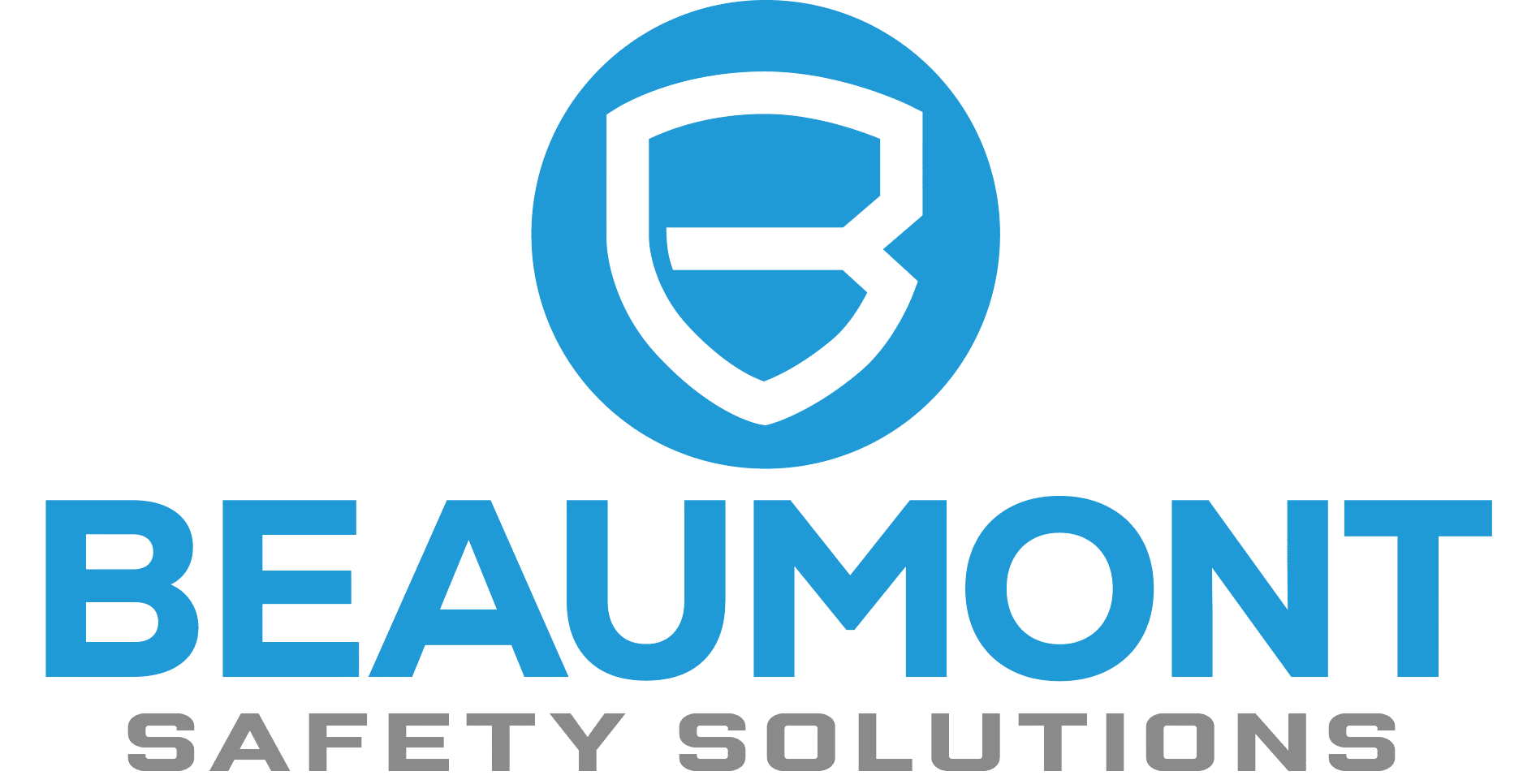This week one of our consultants received a call asking for some help. The question was straightforward and one we hear all the time: “Why isn’t our safety system working?” There are many reasons a system may not work – the list is exhaustive. However, our experience tells us more than 80% of the time, the answer is people – so that’s where our minds go first when helping someone look for a solution.
Here are our top 3 suggestions for you to consider if you are asking yourself the same question:
1. Assume your teams are smart and operate with the best intentions. Just like managing any other issue, you want to support your team and encourage trust.
We start learning team dynamics in kindy: Remember on that first day at school when you start to assess who is the queen of the sandpit – or the gatekeeper to the dress-up box? That’s where it starts. By the time we get to work, we’re determined not to look incompetent or negative. But as a manager, you need the team to explore the issue – you need their insights.
So what can you do to get to the bottom of the issue? We recommend that you get respectfully curious about why tasks aren’t completed, records aren’t kept or near misses are recurring. By treating them as the experts on this, you’ll find out what isn’t working – and can genuinely work together to fix it. The trust you build will extend beyond safety.
2. Question whether your people require more support. We’re big fans of accountability and integrity – and not big fans of putting teams on the defensive. Managers need the right skills, not just any skills. Ask yourself:
· Do they complete daily safety practices?
· Have they been trained in the safety system?
· Do they understand the importance of the system to the business? To you?
· Can they creatively identify trends and find solutions to mitigate risk?
Sometimes it requires more than one person to look after the system – one from a people perspective, and one from a process perspective – and it always requires executive oversight to ensure workers are supported.
3. Consider how you communicate safety with your team. When a message is shared clearly and creatively, it is more easily understood. We have worked in businesses that provide their teams with legally written documentation that can’t be read without frustration (too much paper, too much jargon!).
We believe in establishing clear roles, responsibilities and tracking, supported by a mission that the team believes in. Everyone can remember their job role, and recite what they do each day, and it is therefore more likely your safety system objectives will live in the corporate vernacular.
Safety systems are core to the success of your people and business strategy. We suggest Managers hold regular safety chats with your team to ensure you build trust – it will be harder to do so when something isn’t working, or you’re investigating a failure.
For more advice on reviewing the implementation, effectiveness or communication of your safety system, call us – we’re happy to support you. Until then, stay safe, speak soon.



